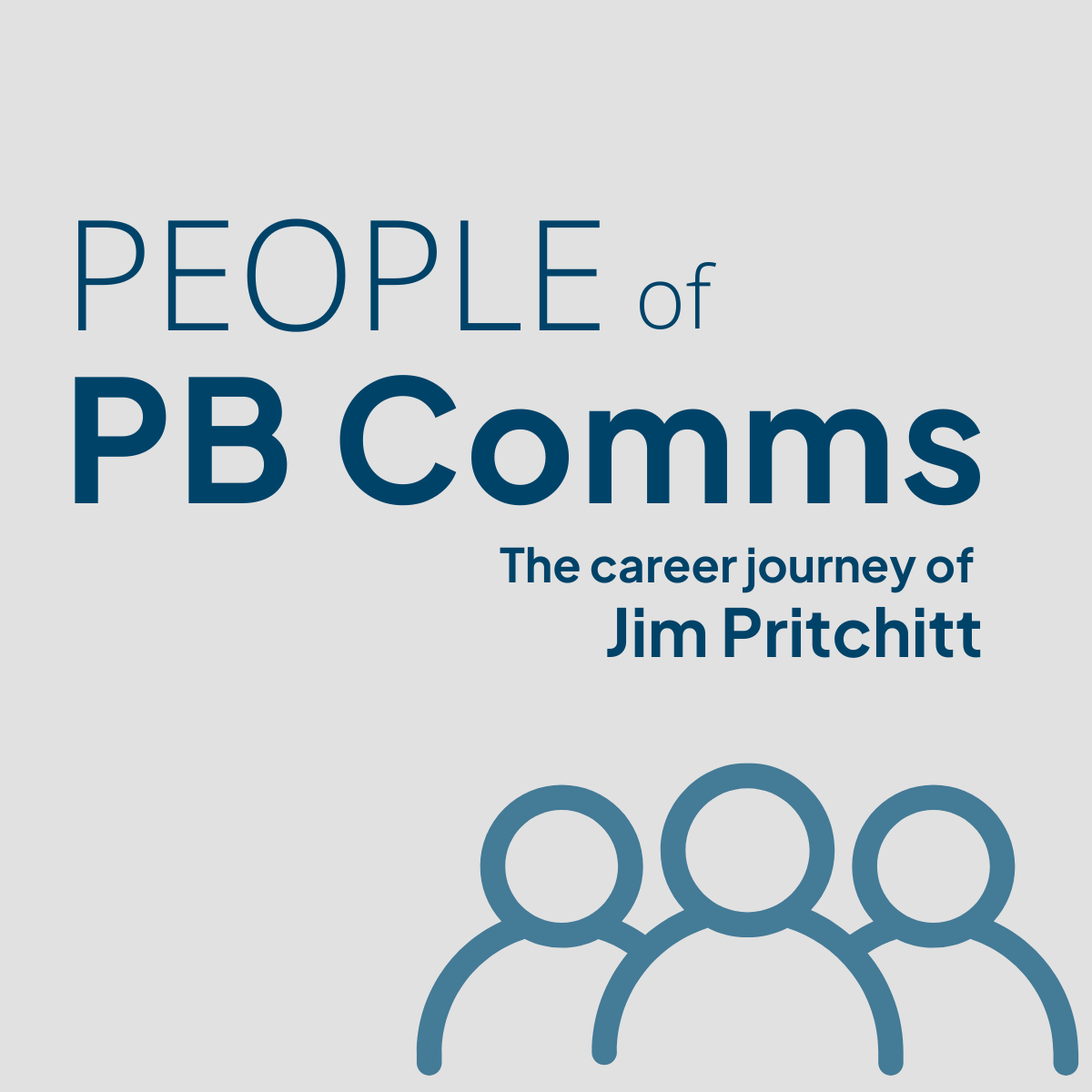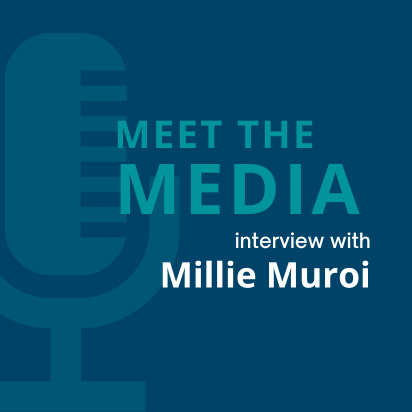If people can’t be bothered writing in a way that is interesting and individual, why would they expect anyone to be bothered reading it?
I’m particularly thinking about those LinkedIn posts when people change jobs, that all start the same way. Clearly, LinkedIn has a proforma post that people can use, and hardly anyone bothers to edit it to use their own words or own style. But there are many examples of this kind of template approach to writing – whether posts, blogs, articles or papers – that use the same old words and phrases.
Such content can look insincere and make the writer seem lazy – that the person writing it couldn’t be bothered thinking up their own way of expressing an idea. And who really cares if you are “thrilled”, “proud” or “excited’?
Points that people need to consider if they want to influence and stand out in a good way, include:
Dare to be yourself
Don’t follow the herd and use jargon and business terms just because everyone else is using them. Or because you think it makes you sound important and knowledgeable. Use language that you’re comfortable with, reflects your personality and will be understood by the people you want to reach. It’s an oldie but a goodie. Use the same sort of language as you would telling your parents.
Humour
Content that brings a smile makes an impact – and gets read. It’s not appropriate in every circumstance (like a job application perhaps) and can backfire if you get it wrong. But if it works, it’s a winner.
Are you saying it for yourself or for others?
A lot of what is posted on Linkedin are “humble boasts” – a way of telling others about something that makes you look good. “Look at me, Look at me.” Instead, try to find a hook that might interest readers and then hang a success story on it. Rather than a straight-out boast, no matter how humble, thank others involved and compliment them on their contribution.
Avoid proformas
It’s like job applications. There are dozens of proformas online that have been developed by self-styled experts. Many have useful hints on what is essential to include but if you follow suggested formats slavishly, the application will end up indistinguishable from everyone else’s. Work at structuring your profile to you give the reader what they are looking for in an acceptable and individual way. Don’t stick to the same format every time but restructure it to respond to the brief given.
Highlight what interests them, not you
Journalists often see the opposite of this in media releases. It is tempting for organisations to focus on what is important to them – a bigger product range or something new to them but which most competitors already have. Think in terms of what may interest your market, not just what’s critical to you. Or in financial services terms, investor benefits. It’s the same with proposals and job applications. Respond to the brief, then add your strengths and abilities in this context.
Be subtle
This is part of avoiding the “humble boast” – which is pretty transparent these days. Under-statement can be much more intriguing and, in an environment where everyone else is shouting and beating their chests, a whisper or calm comment is often more effective.



















